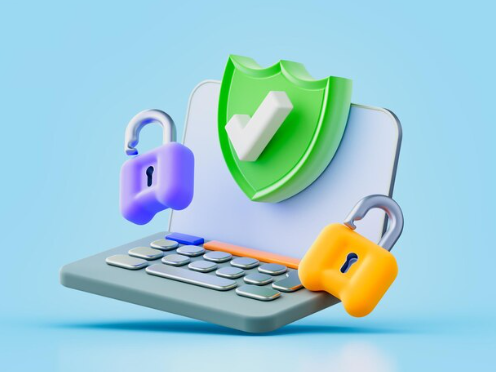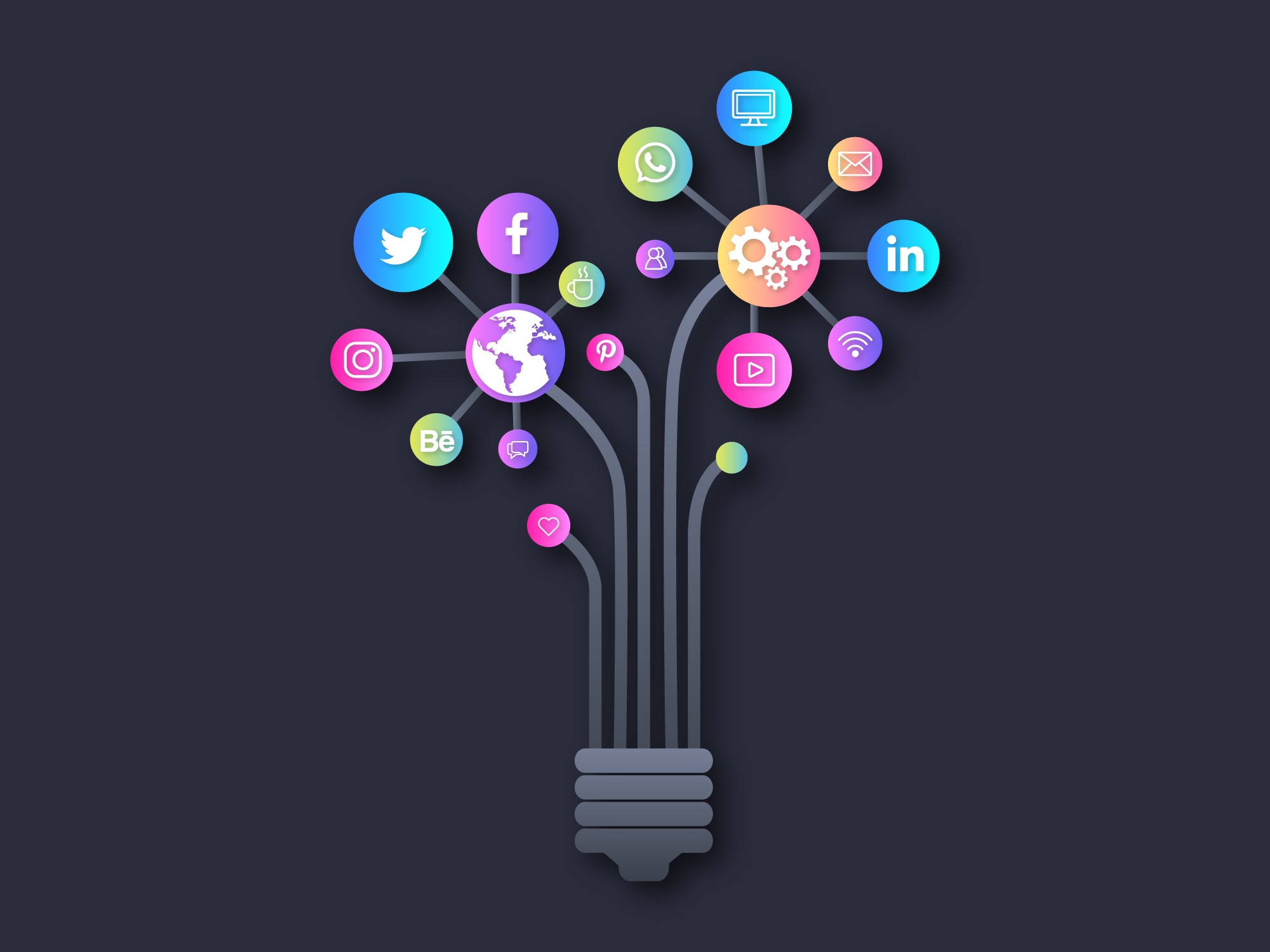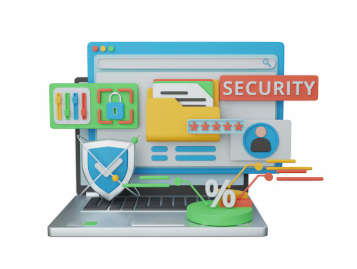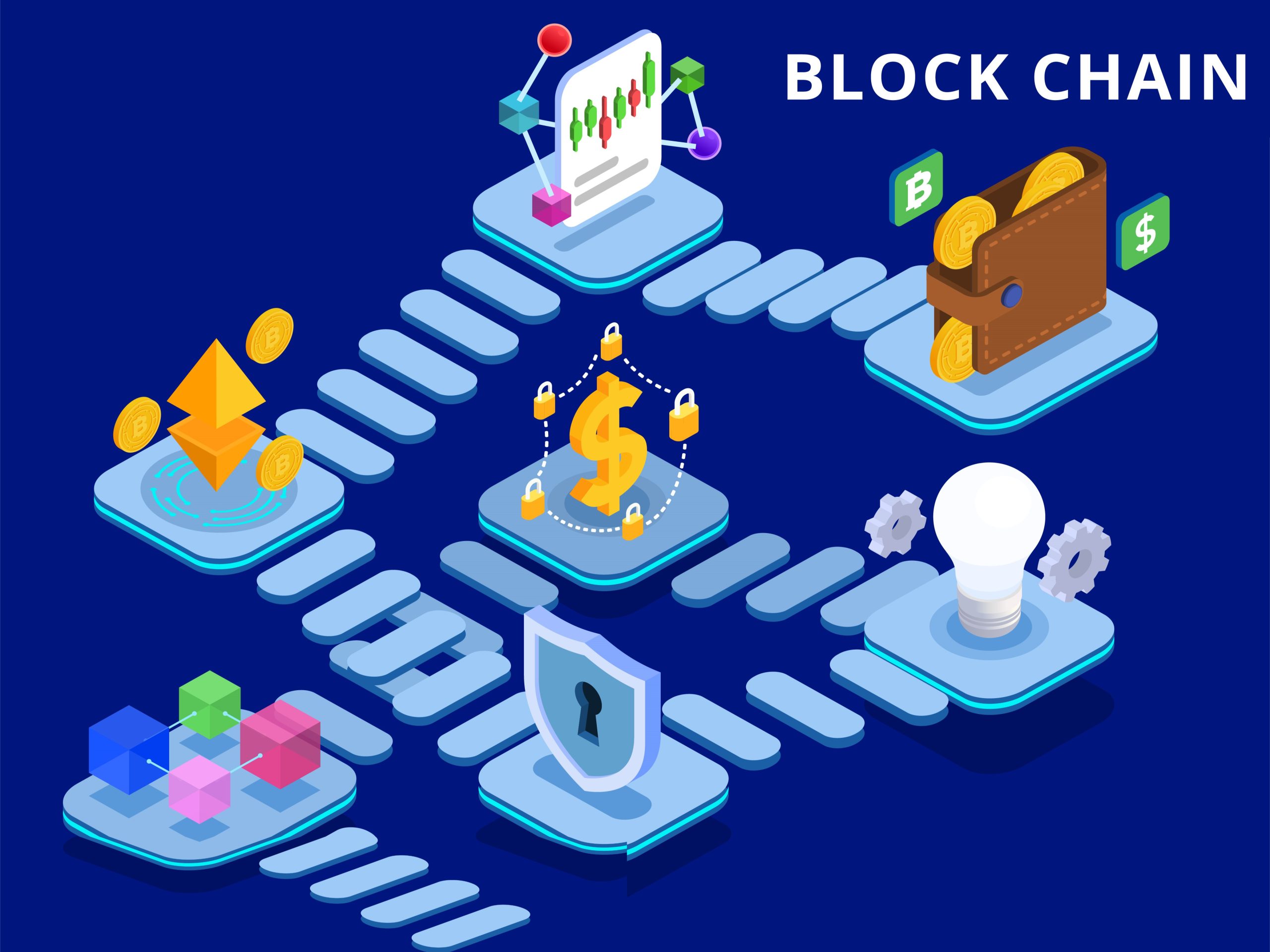Introduction: Why Cybersecurity Trends in 2025 Matter
Cybersecurity is no longer just an IT issue—it’s a core business priority. With cyber threats growing in scale and sophistication, 2025 is set to bring new challenges and opportunities for organizations worldwide. Businesses that fail to adapt may face data breaches, reputational loss, and compliance fines.
In this blog, we’ll explore the Top Cybersecurity Trends to Watch in 2025—from AI-powered cyberattacks to zero trust adoption, and provide insights into how your business can stay secure.
The Top Cybersecurity Trends in 2025
1. AI-Powered Cyberattacks and Defense

Artificial Intelligence is becoming a double-edged sword in cybersecurity. Hackers are using AI to create sophisticated phishing emails, malware, and deepfakes, while defenders rely on AI for real-time threat detection and response.
- Businesses must invest in AI-driven security platforms.
- IBM Security Report shows AI is reducing breach detection time by up to 70%.
2. Rise of Zero Trust Architecture
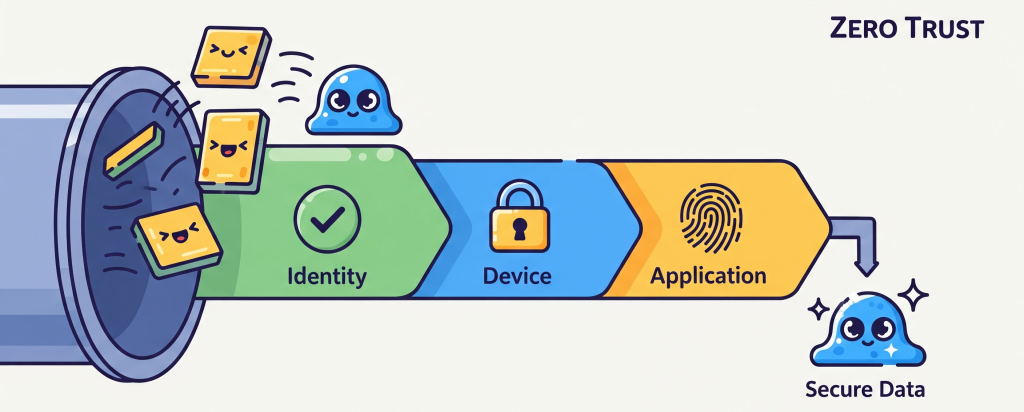
The “never trust, always verify” approach is quickly becoming a global standard. By 2025, Zero Trust adoption will be essential for businesses handling sensitive data.
- Continuous identity verification.
- Micro-segmentation of networks.
- Stronger access control policies.
👉 You can link to your previous blog on “Vital Role of Cybersecurity in Web Application Development” to provide more depth.
3. Cloud Security Enhancements
With businesses moving workloads to the cloud, cloud misconfigurations are one of the top causes of breaches. In 2025:
- Expect better cloud-native security tools.
- Growth of cloud security posture management (CSPM).
- Stronger compliance for industries like finance and healthcare.
4. Cybersecurity Skills Shortage & Automation
The global cybersecurity talent gap continues to grow, making automation critical.
- Security Orchestration, Automation, and Response (SOAR) platforms will rise.
- Businesses will rely more on automated monitoring and incident response.
- This helps companies reduce human error while scaling security.
5. Ransomware Evolution
Ransomware remains one of the most profitable cybercrimes. In 2025:
- Expect Ransomware-as-a-Service (RaaS) platforms to expand.
- Hackers will use double and triple extortion tactics (encrypting, leaking, and threatening data).
- Businesses need offline backups and disaster recovery strategies.
👉 Cybersecurity & Infrastructure Security Agency (CISA) regularly updates ransomware prevention guidelines.
6. IoT & Edge Device Security
By 2025, billions of IoT devices will connect homes, offices, and industries. This growth also increases the attack surface.
- Hackers will target smart devices like cameras, routers, and medical IoT tools.
- Companies must adopt IoT-specific security frameworks.
7. Regulatory Pressure and Compliance
Cyber laws are tightening globally. In 2025, stricter rules like GDPR, HIPAA, and India’s DPDP Act will shape how organizations manage data.
- Non-compliance will lead to hefty fines.
- More businesses will adopt compliance automation tools.
8. Threat Intelligence Sharing & Collaboration
Cybersecurity is stronger when organizations collaborate. In 2025:
- Expect growth of shared intelligence platforms.
- Companies will partner with government agencies and industry peers.
- Faster real-time sharing means faster threat neutralization.
Conclusion: Preparing for the Future of Cybersecurity
The cybersecurity landscape in 2025 will be shaped by AI, cloud, automation, and stricter regulations. Businesses that adopt these trends proactively will not only prevent data breaches but also build customer trust.
Cybersecurity is not just a defense—it’s a competitive advantage.
